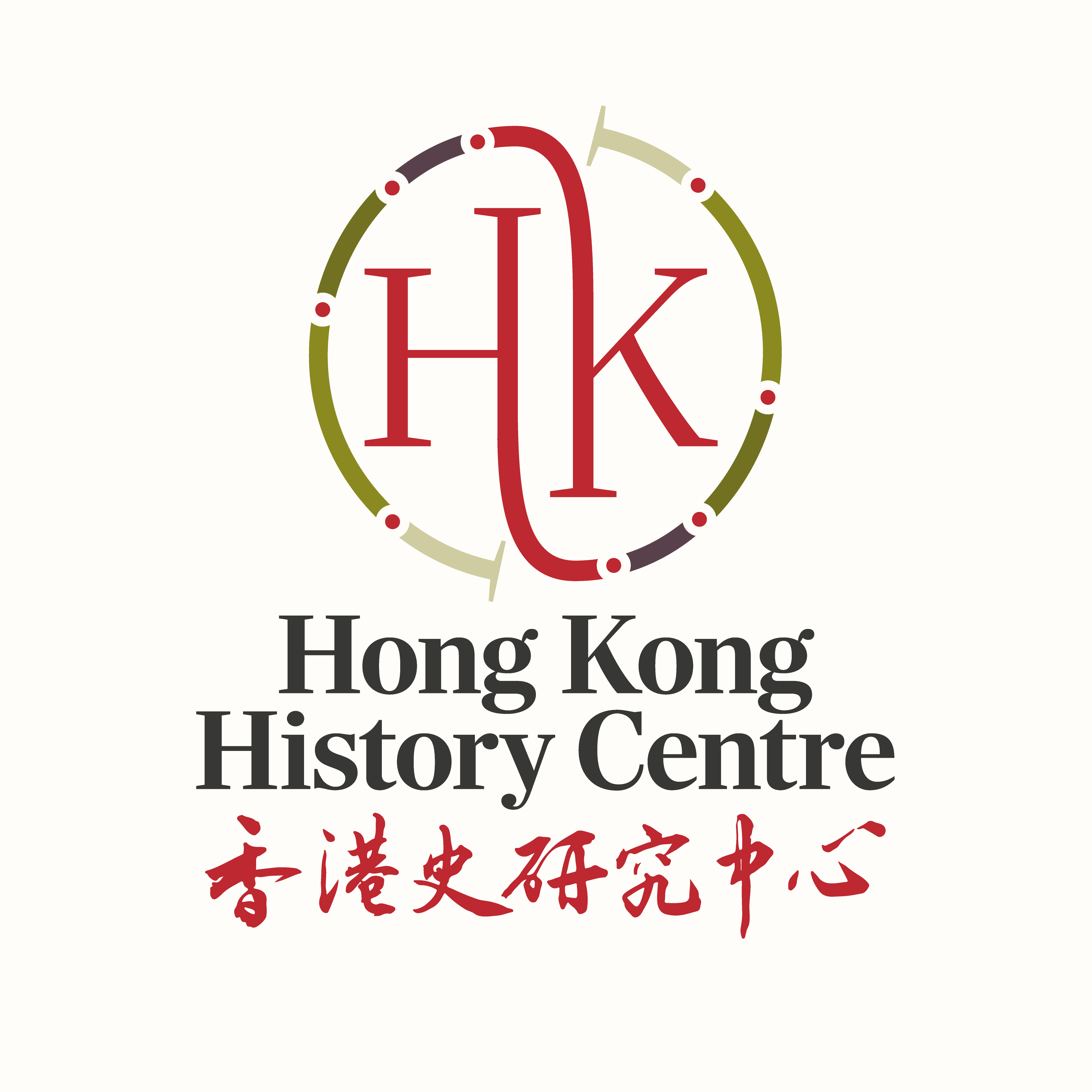
By Vaudine England
It’s all very well having grand theories about Race and Empire and Gender and Class, but what of actual real stories, the lives that people lived, the choices they made? I recently met a woman from a …
29/04/16
By Vaudine England
Since the death of Dan Waters, aged 95, in Hong Kong on 27 January this year, he has rightly been lauded for many things: charm and personality, astounding memory, karate black belt, marathons after 60, and of …
25/02/16
By Vaudine England
I’m still hoping to be proven wrong in claiming that just two serious articles were published in the 20th century on the subject of Eurasians in Hong Kong. The first was Sir Challoner Grenville Alabaster’s ‘Observations on …
20/11/15
By Vaudine England
In my last blog I expressed a hope to be proven wrong in claiming that just two serious articles were published on the subject of Eurasians in Hong Kong in the 20th century. The first was Sir …
13/11/15By Vaudine England
It’s all very well having grand theories about Race and Empire and Gender and Class, but what of actual real stories, the lives that people lived, the choices they made? I recently met a woman from a …
29/04/16By Vaudine England
Since the death of Dan Waters, aged 95, in Hong Kong on 27 January this year, he has rightly been lauded for many things: charm and personality, astounding memory, karate black belt, marathons after 60, and of …
25/02/16By Vaudine England
I’m still hoping to be proven wrong in claiming that just two serious articles were published in the 20th century on the subject of Eurasians in Hong Kong. The first was Sir Challoner Grenville Alabaster’s ‘Observations on …
20/11/15
By Vaudine England
In my last blog I expressed a hope to be proven wrong in claiming that just two serious articles were published on the subject of Eurasians in Hong Kong in the 20th century. The first was Sir …
13/11/15